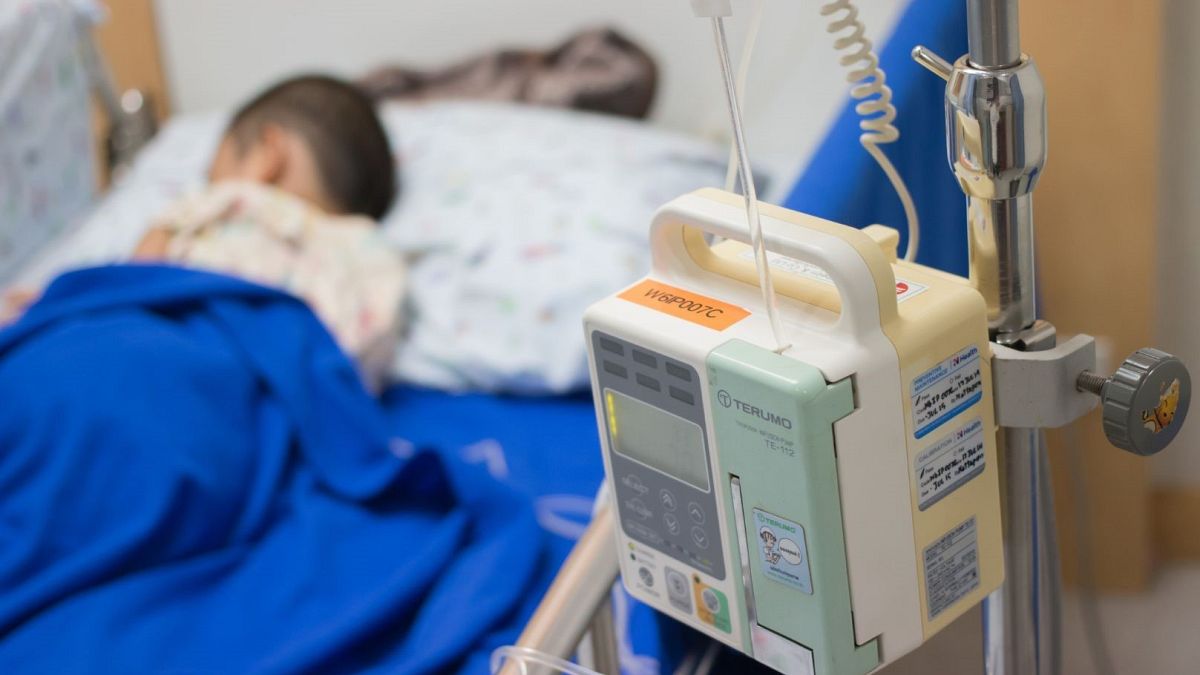There’s been an uptick in viral infections in the post-pandemic period, but that isn’t necessarily a bad thing. The COVID-19 pandemic may be in the rearview mirror, but Europe is still grappling with its aftereffects. In Denmark, for example, the and teenagers with mycoplasma pneumoniae – a bacteria that causes respiratory tract infections – surged about three-fold in the 2023-2024 season compared to the pre-pandemic years.
Hospitalisations were also 2.6 times higher. However, the Danish kids’ infections were no more severe than in previous years – indicating that while more people got sick, they didn’t get sicker than expected.
Countries like England, Germany, and France have also seen unusual upticks in infections such as respiratory syncytial virus (RSV) in recent years. “There has been quite a bounceback in a number of these infections which were not circulating significantly for a good winter or two, and they came back with quite a vengeance,” Dr Peter Openshaw, a respiratory doctor and expert on the flu and RSV from Imperial College London, told Euronews Health. That’s because Europe is likely still paying off an “immunity debt” due to the drop-off in infections during the COVID-19 pandemic.
But what exactly is immunity debt – and how worried should parents be heading into winter? In the early pandemic period, non-COVID illnesses fell in areas where people stayed home, avoided other people, washed their hands frequently, and took other steps to.


















